The History of Professional Boxing: From Bare-Knuckle Brawls to Modern Legends
17 March 2025
Boxing. Just the word itself evokes images of two fighters, fists wrapped in tape, standing toe-to-toe in the ring. But the sport of boxing is way more than just a physical contest — it’s a centuries-old tale of grit, glory, and survival. From its brutal beginnings in bare-knuckle brawls to the highly-regulated, modern-day spectacle, professional boxing has evolved tremendously. So, where did it all start? Let’s take a journey through the history of professional boxing, from the early days of blood and brawn to the era of iconic legends.
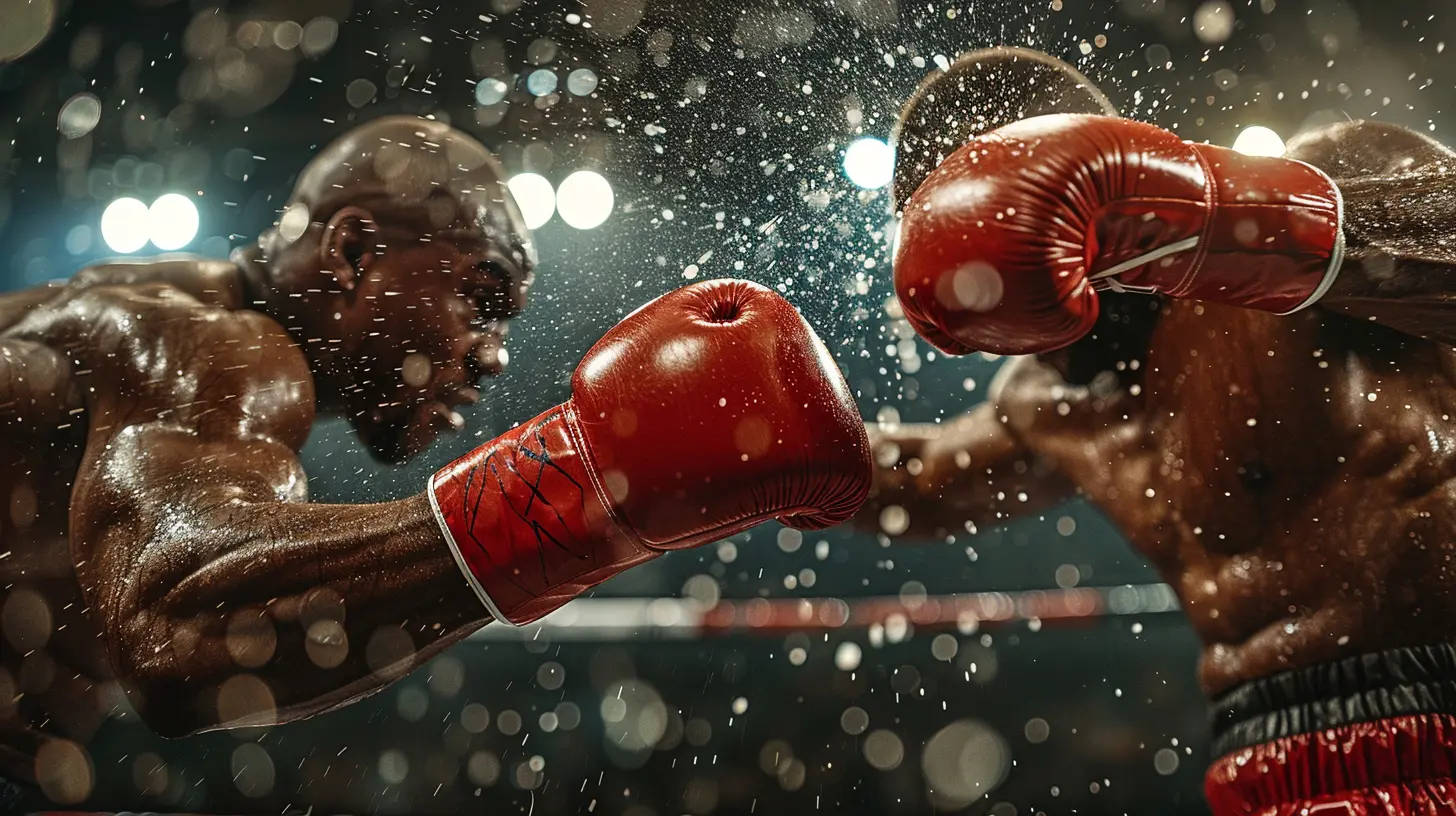
The Origins of Boxing: Early Beginnings
Believe it or not, the roots of boxing can be traced all the way back to ancient civilizations. We’re talking about something that’s been around for thousands of years! In fact, boxing was practiced as far back as ancient Egypt, Greece, and Rome. In Greece, it was even included in the Olympic Games around 688 BC. But back then, it wasn’t the sport we know today. There were no gloves, no timed rounds, and definitely no referees to break up the action.Boxing in these early eras was raw. Fighters would wrap their hands with leather straps (called himantes) to protect their knuckles, but make no mistake — it was brutal. Matches often went on until one fighter simply couldn’t continue. Imagine two gladiators swinging until one drops; that was the vibe.
But as the Roman Empire fell, so too did the popularity of organized boxing. For centuries, it remained somewhat dormant — a forgotten relic of the past.
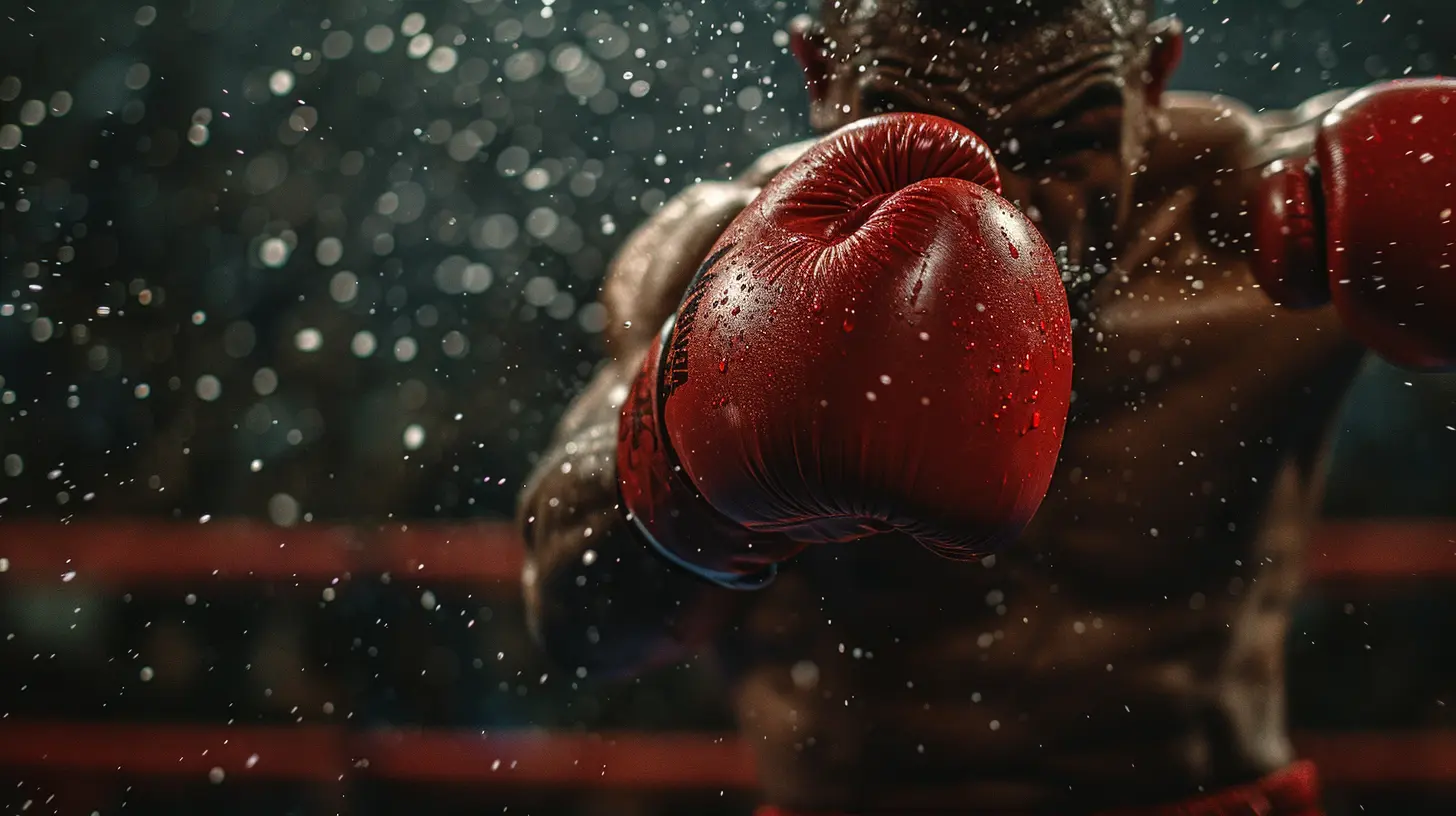
The Rise of Bare-Knuckle Boxing
Fast-forward to the 17th century, and boxing began to re-emerge, particularly in England. This is where things start to get interesting! It was around this time that what we now know as "bare-knuckle boxing" started to take shape. These were no-holds-barred fights with very few rules. You didn’t just have to knock your opponent out; you could even wrestle them to the ground. It was more like a street fight than the boxing we see today.The man often credited as the first boxing champion was James Figg, who became a household name in England during the early 1700s. Figg wasn’t just a boxer — he was a gladiator of sorts, also skilled in sword fighting and other combat sports. But boxing was what made him famous, and he helped bring structure to the sport.
Here’s the kicker: there were still no official rules! Fights went on for as long as both men could stand, often for hours. Can you imagine that? No rounds, no gloves, just pure endurance and survival. It wasn’t until the mid-1700s that Jack Broughton, a student of Figg, introduced some basic rules to make the sport a bit safer. These “Broughton’s Rules” were the first attempt to formalize boxing. Fighters weren’t allowed to hit an opponent who was down, and they were given a 30-second break if knocked down (a far cry from today’s 10-second count).
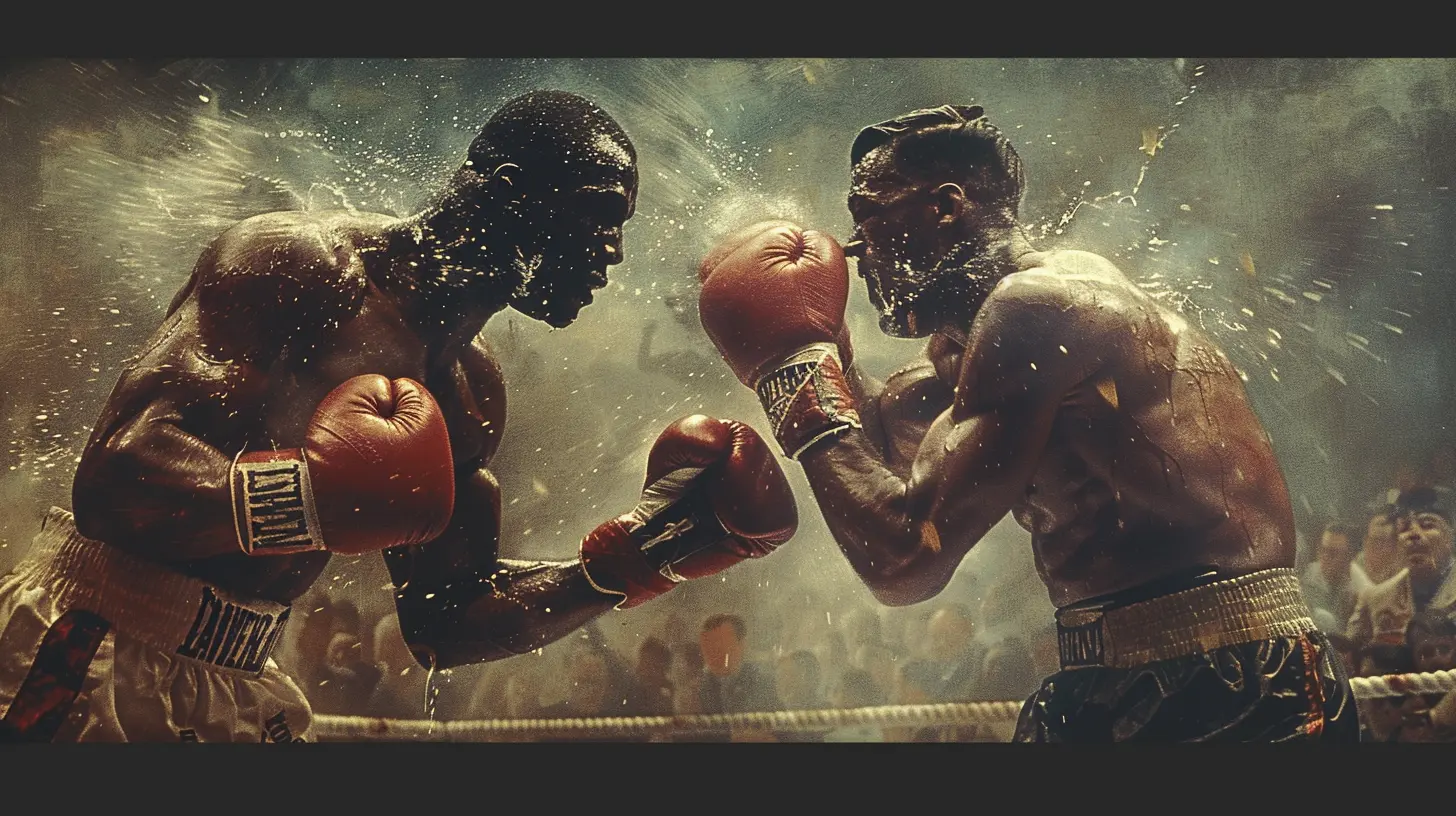
The Introduction of the Queensberry Rules
By the mid-19th century, bare-knuckle boxing was still wildly popular, but it was clear that the sport needed more structure. Enter the Marquess of Queensberry, a British nobleman who, in 1867, introduced a new set of rules that would change boxing forever.The Queensberry Rules were a game-changer. For starters, they required fighters to wear gloves (finally!). They also introduced timed rounds, typically lasting three minutes, with one-minute breaks in between. The rules also banned wrestling and implied that a fight could only be won by knockout, technical knockout, or judge’s decision.
These rules were revolutionary and brought boxing closer to the sport we know today. The days of endless bare-knuckle brawls were fading, and a more refined, tactical style of boxing was emerging. Fighters now had to think more strategically. It wasn’t just about brute strength; it was about endurance, technique, and timing.
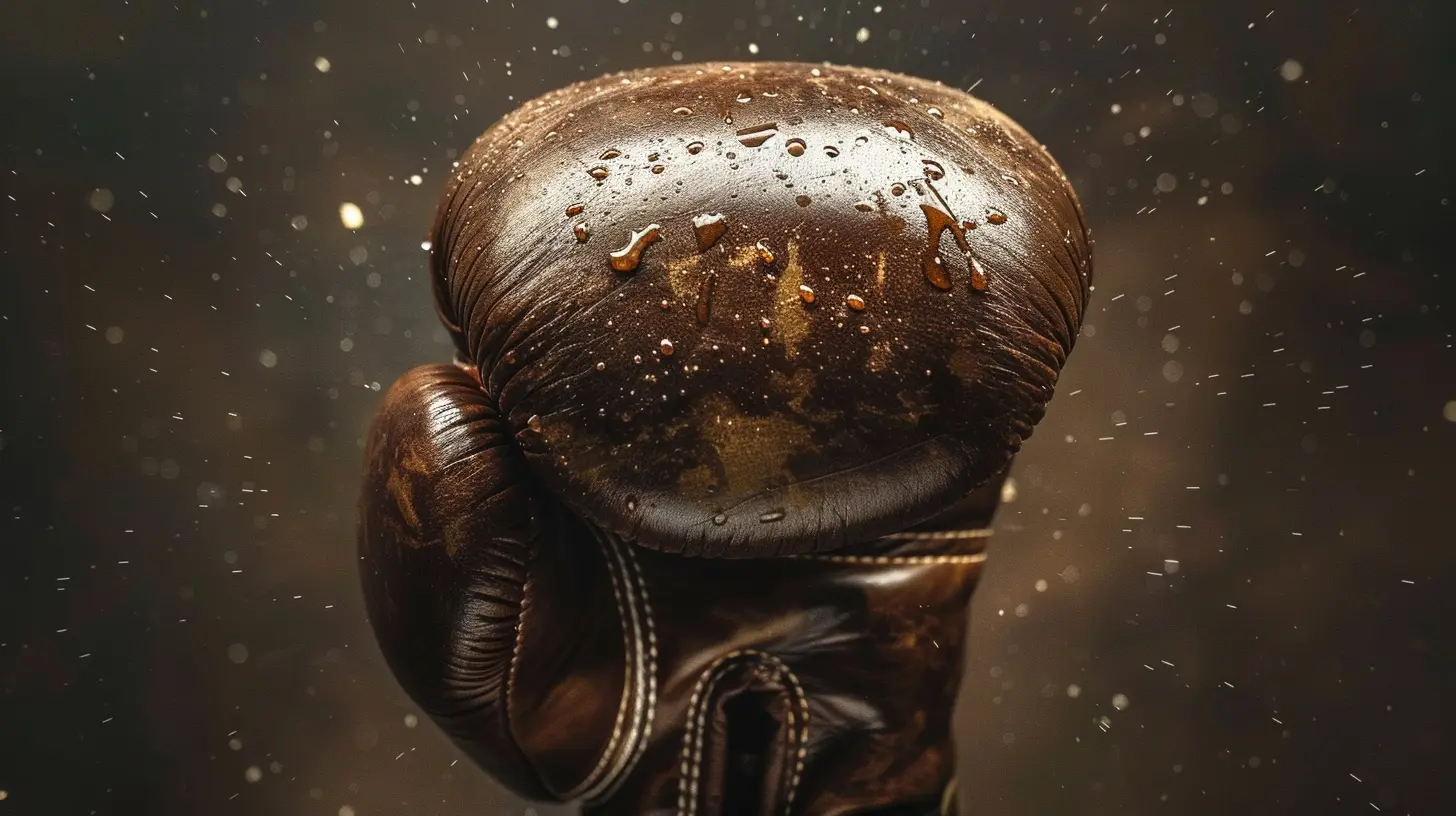
The Early Modern Era: Boxing Goes Global
By the late 19th and early 20th centuries, boxing began gaining popularity all over the world. It was no longer just a British sport — it had crossed the Atlantic and become a major attraction in the United States. This was the golden age of boxing, and it’s where we start to see the first real boxing superstars.Names like John L. Sullivan began to emerge. Sullivan, often referred to as the last great bare-knuckle boxer and the first gloved heavyweight champion, became a legend in the late 1800s. The guy was a beast! He held the world heavyweight title from 1882 to 1892. His fights were spectacles, drawing huge crowds and making headlines around the globe.
With the sport gaining legitimacy, sanctioned fights became more common. Athletic commissions were formed, and boxing began to be taken more seriously as a professional sport. No longer was it just a back-alley brawl — it was a respected form of competition.
The Rise of Boxing’s First Icons
The early 20th century saw the rise of some of the first true icons of the sport. Fighters like Jack Johnson, the first African American world heavyweight champion, broke racial barriers and became a symbol of defiance and bravery in the face of social adversity.Johnson’s reign as heavyweight champion, from 1908 to 1915, was significant not just for his dominance in the ring, but for the impact he had outside of it. He was a trailblazer, and his success inspired a generation of fighters who would follow in his footsteps.
As the years rolled on, more legends began to emerge. In the 1920s, Jack Dempsey became a household name. Known for his aggressive, relentless style, Dempsey was one of the most popular fighters of his time, and his fights were some of the first to be broadcast on radio. His 1921 fight against Georges Carpentier was the first million-dollar gate in boxing history — a sign of just how big the sport had become.
The Golden Age of Boxing: Mid-20th Century
If you ask any boxing fan about the golden age of the sport, they’ll likely point to the mid-20th century. This is the era when boxing truly reached its peak, and the names of the fighters read like a who’s who of boxing royalty.Joe Louis, known as the “Brown Bomber,” dominated the heavyweight division from 1937 to 1949, defending his title a record 25 times. Louis wasn’t just a champion — he was a national hero, especially during World War II. His fights were seen as symbolic battles between good and evil, especially when he defeated German fighter Max Schmeling in their famous 1938 rematch.
Then came the era of Sugar Ray Robinson, widely regarded as one of the greatest pound-for-pound fighters of all time. Robinson’s skill, speed, and power were unmatched, and he set the standard for what a complete boxer should be. He was a five-time world champion in two weight classes and left an indelible mark on the sport.
Of course, we can’t talk about the golden age of boxing without mentioning Muhammad Ali. The man transcended the sport. Ali’s impact on boxing and culture was enormous. His charisma, confidence, and skill made him a global icon. But it wasn’t just his personality that made him special — Ali was a master in the ring. His fights against Joe Frazier, George Foreman, and Sonny Liston are the stuff of legend. “The Greatest” wasn’t just a nickname — it was the truth.
The Modern Era: Boxing’s Global Reach
As we moved into the late 20th century and beyond, boxing continued to evolve. The sport became even more global, with champions hailing from all corners of the world. Fighters like Mike Tyson, Lennox Lewis, Manny Pacquiao, and Floyd Mayweather Jr. became household names.Mike Tyson burst onto the scene in the 1980s and quickly became the youngest heavyweight champion of all time at just 20 years old. His ferocious style and devastating knockouts made him one of the most feared fighters in history. Tyson was a phenomenon, and his fights were must-see events.
Then you have Floyd Mayweather Jr., who took a different approach. Known for his defensive brilliance, Mayweather built a career on being nearly impossible to hit cleanly. His undefeated record of 50-0 is a testament to his boxing IQ and ability to adapt in the ring.
Today, boxing continues to thrive, with fighters like Canelo Alvarez and Tyson Fury carrying the torch for future generations. The sport has expanded its reach, with major fights taking place everywhere from Las Vegas to Saudi Arabia, and boxing remains one of the most popular combat sports in the world.
The Legacy of Professional Boxing
So, what’s the legacy of professional boxing? It’s a sport that has stood the test of time, evolving from an ancient contest of survival into a global phenomenon. It has produced some of the greatest athletes and most memorable moments in sports history.More than just a physical contest, boxing is a mental and emotional battle. It’s a test of will, endurance, and heart. Whether it’s the brutal bare-knuckle brawls of the 1700s or the finely-tuned, high-stakes showdowns of today, boxing continues to captivate and inspire.
Final Thoughts
From the days of ancient Greece to the modern-day legends, the history of professional boxing is a story of evolution, resilience, and passion. It’s a sport that has transformed over time, but at its core, it remains a test of human spirit and determination. Whether you’re a die-hard boxing fan or just a casual observer, there’s no denying the impact this sport has had on the world.all images in this post were generated using AI tools
Category:
Sports HistoryAuthor:

Nelson Bryant
Discussion
rate this article
10 comments
Mara Mahoney
What a fascinating journey boxing has taken! It's incredible to see how the sport evolved from raw bare-knuckle fights to the highly technical matches we watch today. I’m curious about how these changes have shaped both the athletes and the fan experience!
April 8, 2025 at 12:24 PM

Nelson Bryant
Thanks for your insightful comment! The evolution of boxing has indeed transformed athletes into highly skilled competitors and enhanced the fan experience through greater strategy and spectacle.
Jemima McCullough
Great article! It’s fascinating to see how professional boxing has evolved over the years. The transition from bare-knuckle brawls to the technical prowess of today’s champions truly highlights the sport's rich history.
April 7, 2025 at 4:22 AM

Nelson Bryant
Thank you! I’m glad you enjoyed it and appreciate the evolution of boxing as much as I do!
Jaxon Hamilton
What a knockout of an article! 🥊 From rough beginnings to legendary fighters, boxing's journey is inspiring. Here's to celebrating the heart and grit that make this sport timeless!
April 6, 2025 at 8:42 PM

Nelson Bryant
Thank you! I'm glad you enjoyed the article and appreciate the spirit of boxing! 🥊
Antonia Kane
Boxing’s evolution mirrors society's grit—starting with raw brawls and rising to revered legends, proving the sweet science is anything but sweet.
April 4, 2025 at 8:25 PM

Nelson Bryant
Absolutely! Boxing's journey reflects societal change—transforming from brutal fights to a celebrated sport, showcasing resilience and artistry.
Whitney McCartney
This article brilliantly traces boxing's evolution, highlighting key moments and legendary fighters. It's a must-read for fans wanting to understand the sport's rich history!
April 4, 2025 at 1:05 PM

Nelson Bryant
Thank you for your kind words! I'm glad you enjoyed the article and found it insightful.
Layla McMillen
Boxing mirrors society: struggle, resilience, and evolution.
March 28, 2025 at 4:44 AM

Nelson Bryant
Thank you! Boxing truly reflects societal themes of struggle and resilience, evolving alongside cultural shifts while showcasing the strength of the human spirit.
Alexander McCoy
Boxing's evolution highlights its cultural impact and enduring legacy.
March 25, 2025 at 5:32 AM

Nelson Bryant
Thank you! Boxing's journey indeed reflects its deep cultural roots and the lasting influence it has on society.
Kathleen Gomez
From bare-knuckle brawls to glitzy arenas, boxing’s journey proves even punches can have a history!
March 21, 2025 at 7:54 PM

Nelson Bryant
Absolutely! Boxing's evolution reflects both the sport's gritty roots and its rise as a celebrated spectacle. Thank you for your insightful comment!
Elias McGowan
Boxing: the ultimate combat art.
March 21, 2025 at 4:08 AM

Nelson Bryant
Absolutely! Boxing's evolution showcases its artistry, discipline, and the relentless spirit of its champions.
Betsy McKenzie
A fascinating journey through boxing's evolution—truly highlights its rich and storied legacy!
March 19, 2025 at 5:30 AM

Nelson Bryant
Thank you! I'm glad you enjoyed the journey through boxing's dynamic history.
MORE POSTS

The Roots of Baseball: From Stickball to America’s Pastime

Maximizing Flexibility Through Daily Stretching

The Untold Story of Women in Early Olympic Games
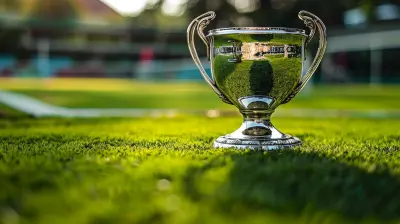
The Most Dominant Performances in World Championship History

The Best Running Apps to Track Your Progress
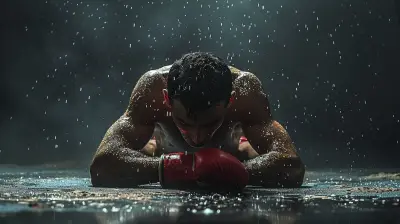
The Most Heartbreaking Losses in World Championship History

The Ultimate Redemption: Athletes Who Turned Failure Into Triumph